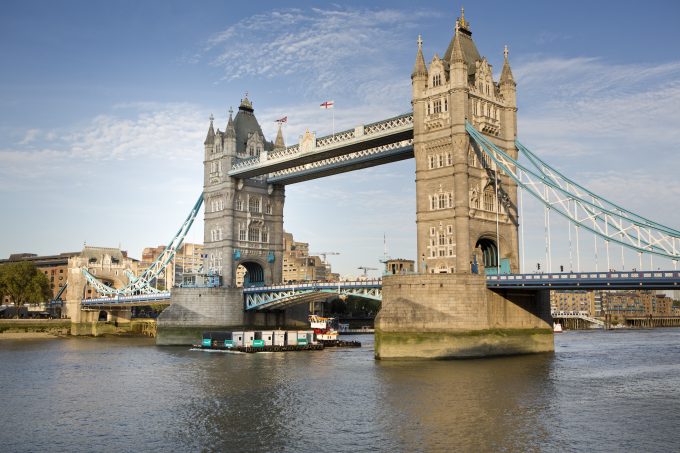News in Brief Podcast | Week 48 | Port ‘musical chairs’, rates and MSC u-turn
In this episode of The Loadstar’s News in Brief Podcast, host and news reporter Charlotte ...

London is facing the perfect opportunity to revitalise the Thames’s reputation as a working river that can be a viable alternative to the city’s gridlocked roads for cargo transport.
At Intermodal Europe in Rotterdam this month, freight and fleet project manager at Transport for London (TFL), Peter Binham, said a new sewerage system being constructed in London sets a good example of this.
“More than 7m tonnes of cargo are being moved by barge in the development of the Tideway sewerage system,” said Mr Binham. “This presents the perfect ...
Ecommerce air traffic to US set to grind to a halt as de minimis exemption ends
Maersk u-turn as port congestion increases across Northern Europe
Apple logistics chief Gal Dayan quits to join forwarding group
Widespread blanked sailings stave off major collapse of transpacific rates
Transpac rates hold firm as capacity is diverted to Asia-Europe lanes
Houthis tell Trump they will end attacks on Red Sea shipping
Airlines slash freighter capacity post-de minimis, but 'the worst is yet to come'
MSC revamps east-west network as alliance strategies on blanking vary

Comment on this article